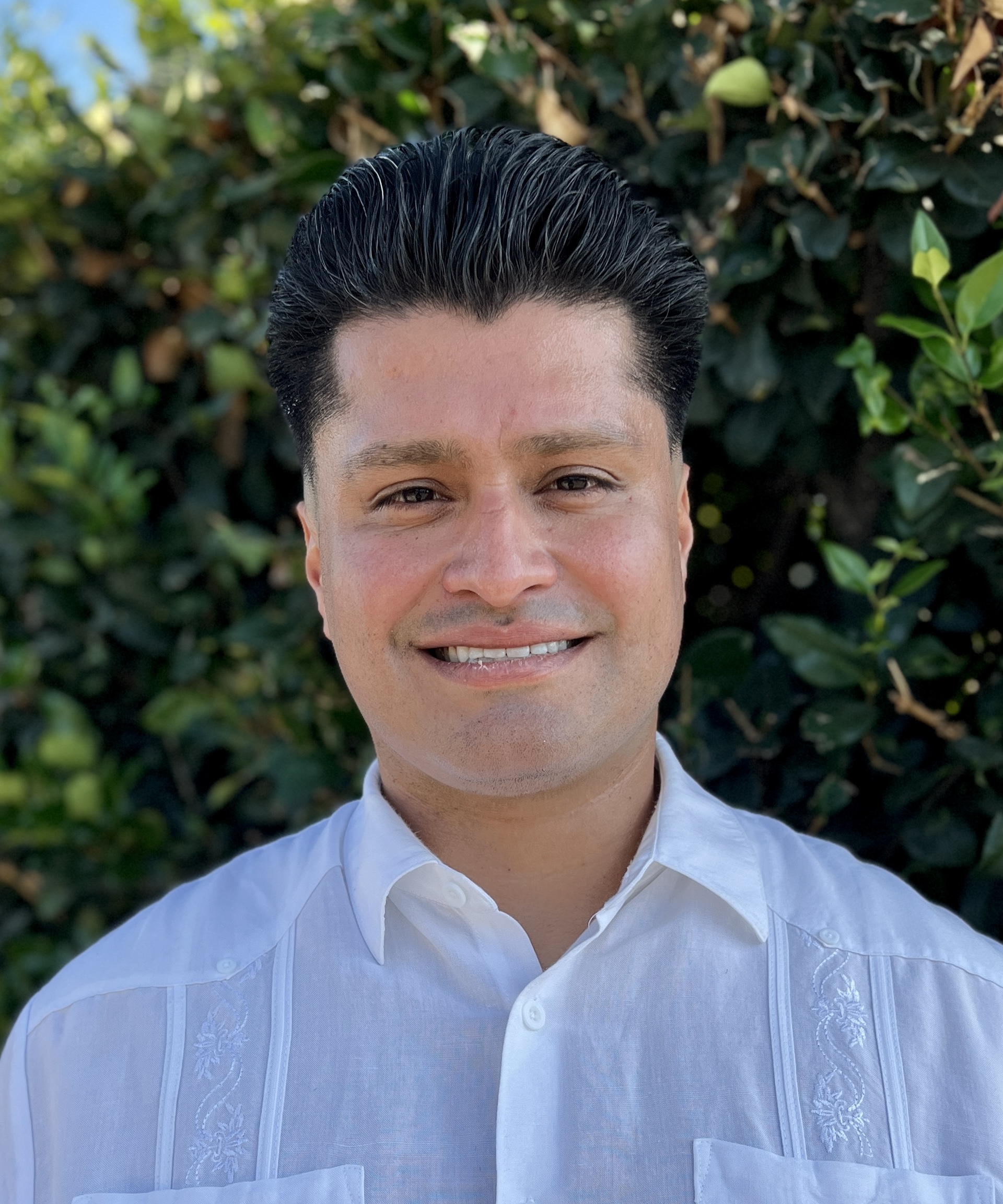STORIES SHOW HOW EXPERIENCED AGENTS AND EDUCATION ARE ESSENTIAL
CalBroker staff asked two college student interns at a local agency to convey their experience with medical insurance and choosing plans, doctors etc. Brokers have likely heard similar stories from young adults. The experiences they share are a clear reminder how much education is required to navigate our complex health insurance world and why health insurance professionals play a critical role as client advocates. The value of the assistance agents can provide to help select a plan and medical providers and then understand coverage and access to tests and treatment is vital to successfully navigate the healthcare system.

Kiana Raymondo, California State University, Fullerton college student, shares her research to enroll with MediCal.
After my dad retired in 2020, I was faced with finding my own insurance. Thankfully, my dad had worked for Fresno County Social Services and he
was aware of the ins and outs of Covered California. So, my first step was to apply for their coverage. Based on my income, I was moved into the MediCal path where I had to pick a health care insurer through CalOptima in Orange County.
My next step was to go to CalOptima’s website where I created my profile.
However, when I wanted to select a physician I was required to fill out and mail-in a paper form to the Orange County Health Department. That form listed all the insurance provider groups I could choose from. I followed the directions on the form, selected HPN-Regal Medical Group, and mailed it in. Next step was to pick a doctor within Regal medical group. After some research I discovered I had to go back online to CalOptima to actually choose my doctor.
Another step!
Luckily the CalOptima website has
a provider directory and I was able to filter my health care needs and options in order to see possible primary care doctor options. The online portal had city and radius options and the specialty I needed for primary care. Filling out the filter then took me to a new page with a list of doctors that met my criteria. Finally, I was able to select a doctor and call the office and make an initial appointment.
But wait — on the call I was informed the doctor would need to contact my insurance to confirm I was a patient and was assigned to them through CalOptima. What came next was ANOTHER series of patient portal decisions and data entry.
In-network coverage is vital to understand
I also now know how important it is to stay in-network if I want any of my medical bills covered. I learned the hard way when trying unsuccessfully to find urgent care and then ended up going to the emergency room. Since I stayed in-network for the ER, CalOptima and HPN-Regal coverage covered all the costs — so fortunately I left without paying a cent.
I am still learning more about my coverage. I do not have any upfront costs or co-pays so it seems Medi-Cal will cover everything I need. I also know it is tricky if I get injured outside of Orange County. It seems I must pay out-of-pocket as I am not covered anywhere else in California. If I move back to Fresno County I would have to reapply for insurance through the new county.
Editor’s Note: Kiana had to go through many steps to successfully obtain coverage and an assigned doctor. The health insurance maze is confusing and many people come to learn the value of the advice provided by health insurance professionals. Several health insurance professionals we spoke with refer clients to MediCal and do not have the capacity to enroll clients. The website to send clients to is dhcs.ca.gov/services/medi-cal/Pages/ApplyforMedi-Cal.aspx

Justin Moran, California State University, Fullerton college student, shares what he discovered about picking a health plan College students often don’t consider or worry about health insurance because most of us young people think we are invincible. Understanding which health insurance plans are the best fit is challenging. There are many medical services and coverages to consider. Two common needs are how to get a basic checkup or when ill or injured, when you should go to the emergency room.
“College students often don’t consider or worry about health
insurance because most of us young people think we are invincible.”
Picking a health insurance plan
Here’s what I found out a person needs to know to make an informed choice, starting with Covered California Affordable Care Act (ACA) marketplace: First, you need to have a good understanding of the four health plan categories — Bronze, Silver, Gold and Platinum — which vary on cost and coverage.
Premium costs vary based on the coverage the plan offers, with expensive plans covering more
costs. The cost of medical care is split between the health plan and the patient. I learned that the quality of care is separate from the premium paid for the plan.
The care received should still be high quality, regardless of the plan chosen. The difference is who pays for what share of that care. The key point is — it is essential to consider ALL costs when shopping for a plan.
For instance, the Bronze health plan offers the lowest monthly premium; however, as I noted, you have to consider the total health care costs. You have to think beyond the monthly premium, and understand what that plan includes: deductibles, copayments and coinsurance, and out-of-pocket maximum. The average Bronze plan will consist of the insurance company paying 60% while the patient pays 40% of the covered medical service.
To make it more complex, Covered California offers Silver plans with extra savings such as a cost-sharing reduction and premium assistance.
As the monthly premium increases, so do covered services when getting medical treatment. Ultimately, Gold and Platinum level plans have higher premiums and offer more comprehensive coverage with lower deductibles, co-pays, etc. and sometimes provide free or discounted services.
What about tax credits?
Many of my college friends qualify for a premium tax credit through the ACA based on their estimated household income. When someone qualifies they can save hundreds or even thousands of dollars annually in premiums and hundreds on office visits. They may enroll through a website with or without the help of an insurance professional or navigator. That said, it takes an experienced insurance pro to explain nuances, such as the difference between or advantages of Kaiser and other plans.And then there are networks …
Since all plans have networks it is important to know doctors, hospitals, pharmacies and other medical service providers are not in all provider networks. This is important as the cost of care is higher when getting care from providers outside the plan’s network. Some services may not be covered at all, or some may require prior authorization. So understanding what you are signing up for is critical.
Health Maintenance Organization (HMO) plans only cover medical treatment provided by doctors who are in their specific HMO network. Out-of-network care is often not covered unless there is an emergency. HMOs frequently offer coordinated treatment with an emphasis on wellness and prevention.
In contrast, a Preferred Provider Organization (PPO) has larger networks — members are not limited to one clinic like in an HMO. For this expanded choice, a member pays a higher premium. For an additional charge, a PPO member can access certain healthcare facilities, hospitals, and clinicians inside a wider network without a referral for specific services.
From what I learned, a Bronze plan is a good fit for most college students who do not anticipate using medical services often. Bronze plans have lower monthly premiums but have high deductibles that have to be met before services are covered, and may cover less of the cost of necessary medical treatment. So, for healthy young adults Bronze plans win my vote! And if you have an unexpected injury or serious illness, having coverage can literally be a life-saver, and a money saver!
After selecting a plan, comparing plans once a year is smart. This is a chance to look back at how you actually used your coverage and choose a health insurance plan that works best in terms of both coverage and affordability.
Editor’s Note: Justin explained what he learned about selecting a health plan with a degree of accuracy to the real experience. He also indicated many ways a health insurance professional would be able to assist. Navigating the Covered California enrollment and plan selection process is not easy for first timers, proving again how the health insurance maze is confusing. It is good to know young adults seem to have a growing appreciation of the value of the advice provided by health insurance professionals. Getting help can not only save time but money as well.
